Subscribe to our newsletter to find out about all the news and promotions, and automatically receive a welcome discount coupon in your email.
One of the most frequent reasons for consultation of cyclists is spinal pain. Low back pain represents 40% and neck and back pain 30% of all medical consultations related to cycling. By Miriam Luz González, rheumatologist.
Low back pain is a major public health problem. It represents the most frequent pathology of consultation after the common cold. Between 65% and 80% of the world's population develops low back pain at some stage in their life. The spinal column of man is essential to maintain the bipedal position that characterizes us. Thus, there are three well-differentiated segments within it: The cervical spine, that deals with the movements and support of the neck, the dorsal column that with the ribs form the thorax, and the lumbar spine, which is the final segment and therefore the one that supports the greatest weight, hence the injuries in this area are especially frequent (lumbago).
The spine is made up of a series of superimposed bones, the vertebrae. To prevent some vertebrae from being in contact with each other, they are separated by a kind of pad that is the intervertebral disc. It acts as a shock absorber and at the same time binds the vertebrae strongly. This union is reinforced by the ligaments and by the powerful muscles, which are essential to keep the spine straight. Injury to any of these structures will cause pain. It must be remembered that between every two vertebrae the nerve roots responsible for distributing sensitivity and giving mobility come out, in the case of the lumbar spine to the lower limb, when these roots are damaged, as for example in a herniated disc, sciatica will appear . In cyclists, these pains are usually of muscular and ligamentous origin and rarely involve a nerve root. When it comes to lumbago, it refers to the pain that occurs in the lower back. Discomfort can focus on that area or radiate down to the legs, hips, or even the knees.
In this article we will refer to pain of mechanical origin (causing 97% of lumbago and caused by a bad position on the bike), and not to other causes of back pain such as hernias, inflammatory - infectious conditions, or congenital problems .
It is also important to know that the spine has various curvatures, which when repeatedly modified will cause discomfort. When looking at it from the side, the spine has two kinds of curvatures, in the cervical and lumbar region there is one of anterior concavity (lordosis) and in the dorsal region one of posterior convexity (kyphosis). If these curvatures are increased, it will be spoken of hyperlordosis o hyperkyphosis. What are the symptoms? Pain produced by mechanical causes, especially the lower back, worsens when standing for a long time or when incorrect postures are maintained for a long time. Being in bed generally improves or disappears pain.
When the cyclist stands on the bicycle, the position of the spinal vertebrae, joints and ligaments is significantly modified. in relation to our usual standing position (standing). On a bicycle, the lumbar spine completely reverses its normal curvature (lordosis) .This causes increased tension in the ligaments of the back. The thoracic column does not vary its position much since it has little mobility. The cervical spine is kept in forced extension since when leaning over the handlebars the neck must be extended backwards to keep the sight in front, the physiological lordosis is lost. This hyperextension forces a greater work of the muscles of the back of the cervical spine. Thus, in the aerodynamic position adopted by the cyclist in the race against the clock, there is greater flexion of the hip joint by placing the spine more horizontal as well as a greater extension of the neck.
In general, the most important muscles that act on the position of the spine on the bike are: the muscles paravertebral, which extend the spine (backwards); and the muscles abdominal, which flex the lumbar spine (forward). The intensity of the contraction of the paravertebral muscles is proportional to the intensity of the pedaling. The tone or contraction of the cervical and dorsal muscles depends on the hyperextension position of the neck that is necessary to adopt in the aerodynamic posture. The muscles of the abdominal wall remain relaxed during pedaling, so it is convenient to compensate our spine by doing abdominal exercises. Once we know the work of the column we can determine possible causes of cyclist low back pain: the tension of the posterior ligaments for a long time on the bicycle (if you do not change your position frequently during the race) or the contracture of the lumbar paravertebral muscles when training at high intensity.
Neck pain is due to position too cramped or too stretched. In predisposing postural factors, it is necessary to worry about modifiable variables such as the height of the saddle, rearward or forward position, etc. For example, an excessively low saddle level can cause exertional lumbago due to the fact that the lower limb, not finding enough space in the extension pushes the pelvis out of the saddle, with the consequent increase in dorsal curvature (hyperkyphosis) and possible low back pain.
This problem could also be caused by an excessively high saddle (with an angle between thigh and leg less than 25 °) that can cause an excessive imbalance of the pelvis with each pedal stroke, with hyperextension of the lumbar muscles and some degree of torsion of the Lumbosacral spine. This is aggravated if there are other problems such as dysmetria of the lower extremities.
As well the anteroposterior position of the saddle is importantas it determines the posture of the pelvis and spine relative to the pedals. An excessively delayed position can cause a lumbo-sacral hyperkyphosis (excessive inversion of the normal curvature of the lumbar spine), with great tension of the muscle-tendon apparatus not only lumbar, but also dorsal, and if this problem is maintained over time it will lead to the appearance of pain.
In the case of cervical and dorsal pain, if we observe the typical position sitting on the bicycle, we could see, depending on the position adopted, the possible existence of a cervical hyperextension. This has an impact on the musculature of that area (which already has a predominantly tonic character), and can lead to contractures and shortening, with overload of the cervical muscle-ligamentous complex and can even favor a functional overload of the cervical vertebrae, which can become blocked and produce other alterations on adjacent structures such as pinching of nerves, arteries (producing as symptoms apart from pain, sensations of tingling, numbness in the arms, or dizziness and vertigo) and damage to articular cartilage with the appearance of secondary osteoarthritis of the spine.
Some authors suggest that these poor postures and sustained muscle tension would lead to the activation of certain points called "trigger points", which correspond to small areas of hypersensitivity located in areas of muscle tissue and fascia where vascular irrigation and nerve endings are greater. This activation gives rise to local muscle pain in its initial phase and to pain projected to places farther from the muscle of origin (nape, orbit, lateral region of the head, which may give rise to a migraine) in a second phase.
In cervical discomfort we can also find a certain causal relationship between position on the bicycle and said alterations, as in the case of a very back saddle and advanced knees, or very low handlebars that can also cause these problems.
The best treatment: prevention of low back pain
The adjustment of the bicycle is essential, in all aspects related to the position of the saddle, handlebars, etc. We must adjust our training program to our individual physical capacity. Frequent posture change is important, especially on long-distance stages. Because the abdominal wall muscles remain relaxed during pedaling, there may be an imbalance between the paravertebral, extensor, and abdominal flexor muscles.
It is important to pay attention to abdominal muscle training and general muscle toning during off-season setup. It is also important to know the basic rules of good spinal care in daily life. With everyday postural norms. In any case yes riding the bike properly will only yield benefits. The bicycle is a medicine on two wheels, gives a great well-being to health: to lose weight, improve cholesterol levels, maintain a healthy heart, and well used prevents back pain and joint stiffness. Riding a bicycle strengthens the body, improves mood, and avoids visits to the doctor.
42K · All rights reserved
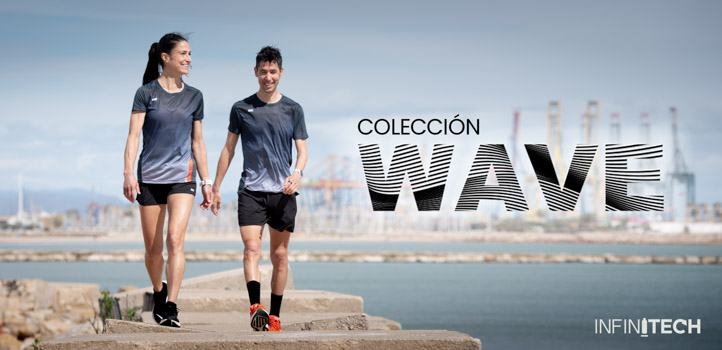
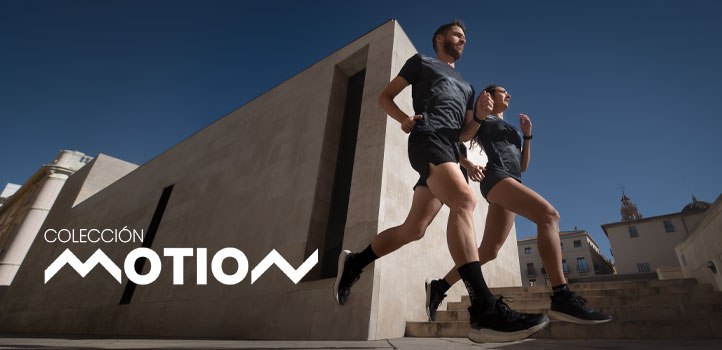


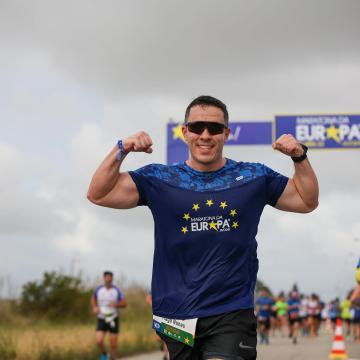
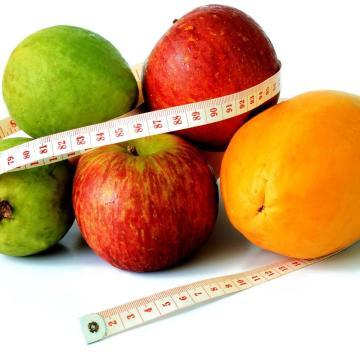
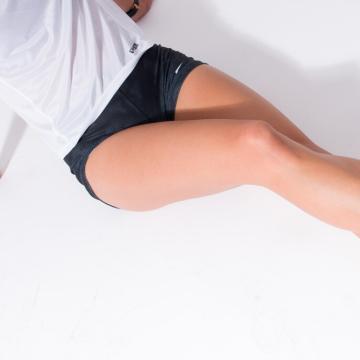
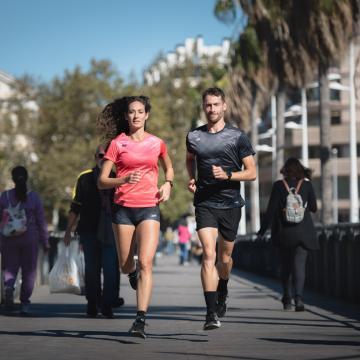
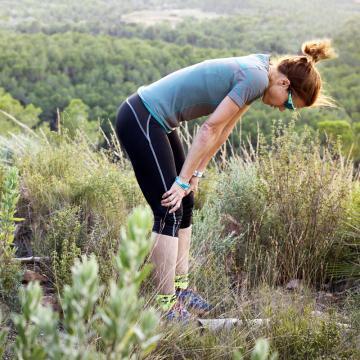
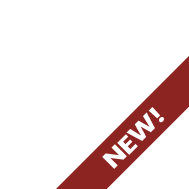

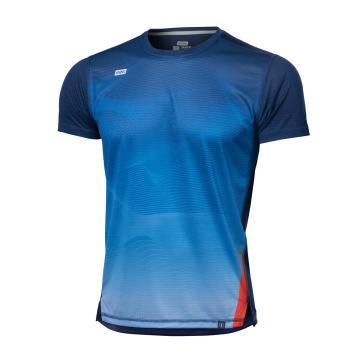
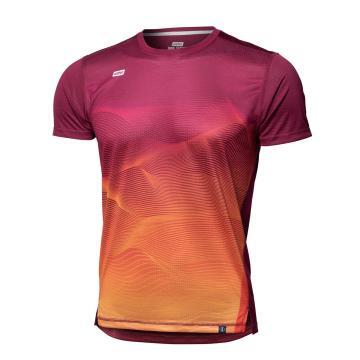
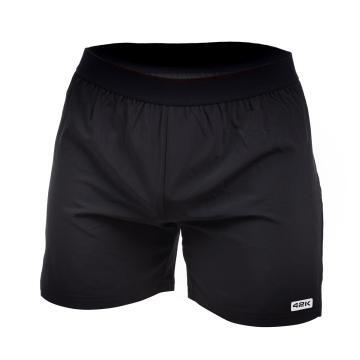
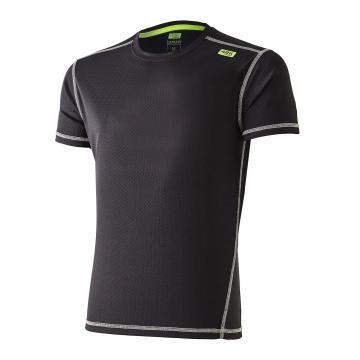
Comments
Post a first comment for this entry!